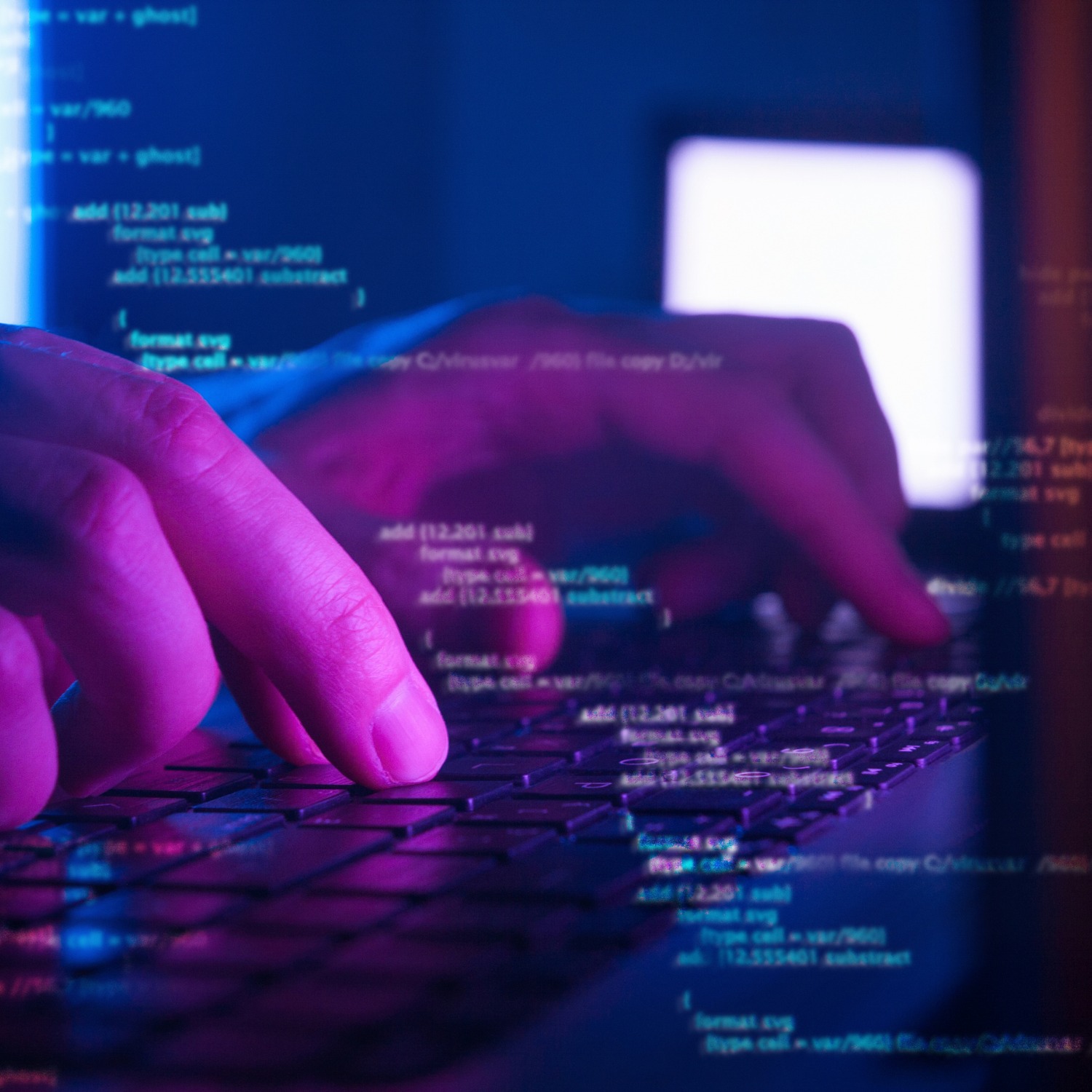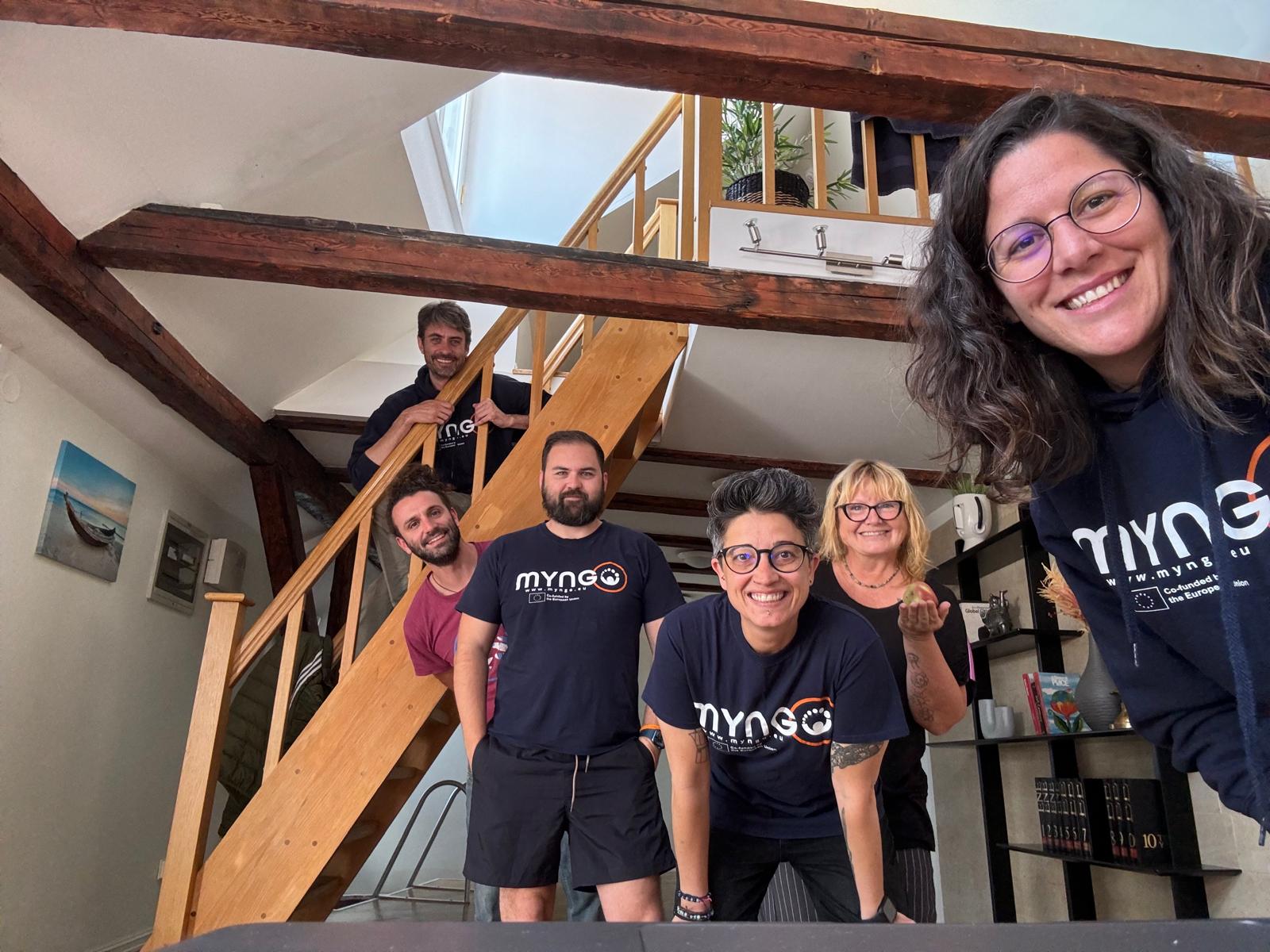Perhaps you’re not aware, but many decisions made for your Nonprofit organization are based on data: from stakeholder engagement to strategy design and program assessments. Data is a valuable asset, and protecting it from internal or external corruption and unauthorized access means safeguarding your organization from financial and operational losses.
Cybercriminals seek to exploit system vulnerabilities to gain unauthorized access and extract, encrypt, or corrupt data. With the growth of generated data and the platforms handling it, cyber threats become increasingly sophisticated. Ransomware, destructive malware, phishing attacks, internal threats, and even honest user errors pose continuous and very real threats to your organization’s data.
While the best prevention measures may vary for each type of breach, an integrated security practice is the best approach to mitigate most attacks.
Here, we want to offer you a three-phase approach that can help you identify threats, defend and protect your organization’s data and operations from such attacks, and implement procedures to help you recover data in case of a breach.
1. Identify Resources and Vulnerabilities
The first step in building a comprehensive and integrated cybersecurity strategy is to identify resources and potential threats to those resources. You need to know where resources and information are stored, who has access, and how critical it is to protect them. Awareness of your system vulnerabilities can help you make informed decisions about managing these vulnerabilities and implementing safeguard measures to ensure data security and integrity.
Cybersecurity is not just a technical challenge but increasingly a social and behavioral one. Humans are often both the weakest link and the first line of defense in your cybersecurity strategy. Our brains are predisposed to take cognitive shortcuts to process information as quickly as possible: these cognitive biases influence decision-making processes and can be exploited by cybercriminals to manipulate our behaviors and convince us to willingly take an action that enables an attack.
Most breaches start with an email containing a malicious link or attachment, likely disguised to appear innocent – perhaps mimicking a Google document sharing email or a message from someone within your organization. The legitimacy of the email must be determined by checking the sender’s email address, the context and urgency of the message, spelling and grammar, to verify any inconsistencies.
Implementing a cybersecurity awareness and training program for users, including guidance on identifying suspicious activities and signs of harmful attacks, is a crucial step in adopting comprehensive security measures. Organizations can achieve behavioral changes through regular data-driven security awareness training and personalized, tailored coaching.
2. Protect and Defend
The best way to combat cyberattacks is to prevent them from happening. Limit access to sensitive resources, implement strong password policies, and use multi-factor authentication to prevent unauthorized access to your organization’s data. Avoid shared logins and be diligent about always removing unused accounts.
Use firewalls and VPNs, regularly install and update antivirus and antimalware software on all your devices. Firewalls prevent unauthorized access to the corporate network, while VPNs create encrypted paths for your data, allowing you to use public networks securely. Antivirus software plays a crucial role in system protection, detecting threats in real-time to ensure data security.
Security products like Norton or Bitdefender offer a suite of these protection measures in one solution, helping you maximize your individual cybersecurity and defend your data and your Nonprofit organization’s infrastructure from cyber threats.
3. Recovery
No organization is immune to cybersecurity breaches.
The most crucial step to reduce this risk is to maintain secure and updated backups. The purpose of a backup is to create a copy of data that can be recovered in case of loss or damage to the primary data. A backup is generally stored in a secure location, separate from the original data, ideally following the “3-2-1 rule.” This industry standard recommends having three copies of the same data on two different media, with at least one stored off-site. Ensure you are aware of the data protection services offered by your cloud provider and take responsibility for rigorously implementing your cybersecurity measures.
The frequency of data backup depends on the organization’s needs and any regulatory requirements. Therefore, it’s necessary to consider two main factors: the acceptable time a system can be unavailable before impacting operations, and the maximum amount of transactional data that can be lost due to a system failure. It’s also essential to test backups to ensure they are securely stored and accessible when needed. The organization should have a cybersecurity breach response plan, regularly updated based on lessons learned. Ensure your team is familiar with the plan, enabling swift and effective action in the event of a cybersecurity incident.
Products like Veritas help nonprofit organizations perform regular backups and restores to protect the organization from a data loss catastrophe.
Adopt a “Safety-First” Approach
The security of your organization is one of the most important things you can invest in. If you find it helpful, implement this three-phase approach to identify risks, protect your organization, and create recovery paths in case of a security breach.






